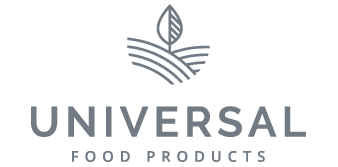At Nuvia Products, we believe meal planning and prepping is your number one secret to healthy eating and feeling great. Having healthy meals prepped that you can simply grab-and-go will give you more time and energy to spend doing the things you love, such as spending time with family and friends, working out or self-care (or catching up on Netflix – we all need down time right?!).
There are plenty of benefits to meal prepping! Some of my favourites include reducing the amount of time spent cooking, eliminating food waste by only buying what you need, and reducing decision fatigue by planning out your meals in advance, prepping once for weekday meals and being able to have dessert at the end of the week guilt free with our natural sugar replacement. It’s also budget friendly (forget spending $20+ a day on meals out!) and better for your health, as you can create nourishing meals that suit your tastes and your health goals. All it takes is a little planning and sometime set aside on a Sunday to prepare you for your week ahead.
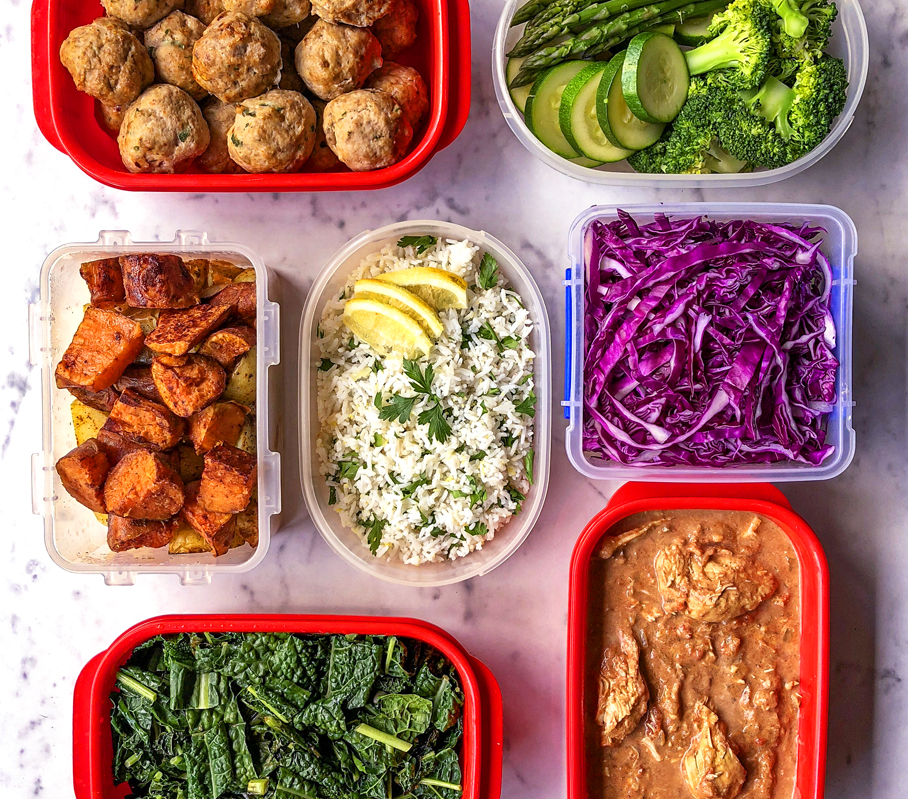
When it comes to meal prepping, maximizing the nutrient content of your meals can boost your health, improve your energy and focus, and help you to feel great! Here are my top easy tips for better meal prepping to get the most nutrients from your meals:
1.Eat fresh, locally grown and in-season as much as possible
By shopping at farmers markets or local grocers you will be buying food at its peak freshness, flavour and nutrient content. Nutrients such as antioxidants start to decrease once vegetables and fruit have been picked, so the shorter they have travelled or sat in storage, the better. In season produce also requires less human intervention (i.e. herbicides). As an added bonus, it’s better for the environment due to food mileage and is typically cheaper.
2. Create macronutrient balanced meals
Macronutrients are the main components of food (protein, carbohydrates and fats) that our body requires in large amounts daily. Macronutrient balanced meals give us long lasting energy, satiety and blood sugar balance, as well as ensuring we eat, digest and absorb adequate micronutrients (vitamins, minerals, antioxidants, phytochemicals). Vitamins A, E, D, K and some antioxidants are fat-soluble, thus require dietary fats to be absorbed. As a general guide a macronutrient balanced meal should contain approx. ½ plate non-starchy vegetables, ¼ plate of protein, ¼ plate of complex carbohydrates and a thumb size of healthy fats.
You can create nourishing meals that suit your tastes and your health goals
3. Include herbs and spices
Not only do herbs and spices add incredible flavour to our food, they provide a variety of nutrients and play a role as a functional food due to their bioactive components, which may benefit health. Whilst further research is needed to clarify their disease protecting effects, certain herbs and spices are known to boost metabolism, support detoxification, increase insulin sensitivity and improve digestion.
4. Prepare your produce
Soaking grains (such as oats, buckwheat, quinoa) and legumes (chickpeas, lentils, beans) prior to cooking reduces phytic acid, a compound that inhibits our absorption of iron, zinc, calcium, and magnesium. Crushing and chopping onion and garlic releases the enzyme alliinase, which converts alliin to allicin. Allicin has antibacterial, antifungal and antiviral properties and studies show it may help to improve blood pressure control and reduce atherosclerosis risk.
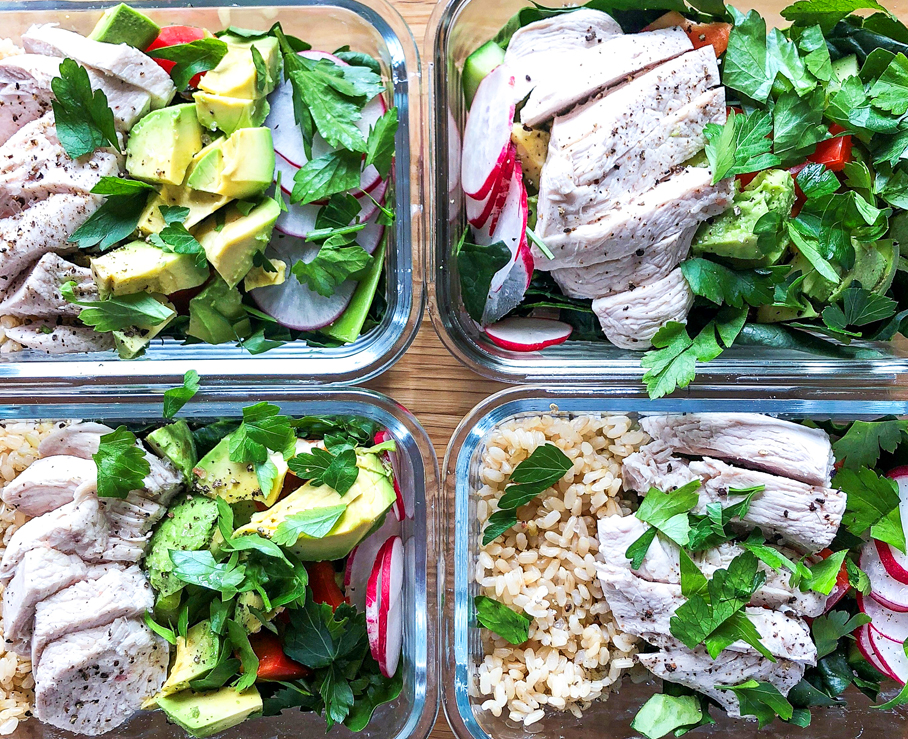
5. Include a combination of cooked and raw foods
Some foods are best eaten raw or cooked via a low heat method (e.g. steaming), as high heat or water can breakdown water-soluble nutrients such as vitamin B1, B5, C and folate. There is no need to avoid cooking foods with these nutrients, but including both raw and cooked foods in your weekly meals ensures you are getting a variety of available nutrients. In comparison, nutrients such as lycopene from tomatoes and beta-carotene from red, orange and yellow vegies are made more bioavailable when cooked.
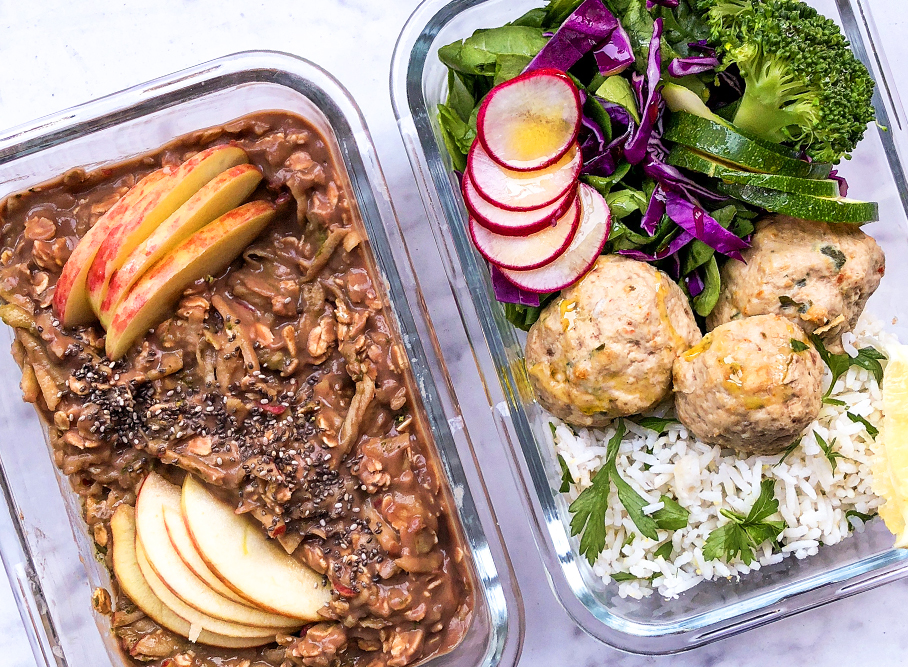
6. Make your own dressings and sauces
Store bought sauces and dressings often contain ingredients such as refined seed oils and added sugars that we want to avoid. But making your own dressings means choosing quality ingredients, plus it’s delicious and actually super simple. My tip? In dressings that call for sugar, maple or honey, replace with Nuvia plant-based natural sweetener for a sugar-free version.
7. Boost your smoothies
Enjoying smoothies regularly? Boost the nutrient and fiber content by sneaking in an extra serve of veggies such as zucchini, cauliflower, cucumber, or leafy greens. Blended with a serve of berries, handful of seeds, plant-based milk and optional protein powder and you won’t even know you’ve added them in. Same deal as above, if you need to add a little bit of sweetness, pop a pinch of our Nuvia plant based natural sweetener – made with a high quality stevia plant.
Most importantly, have fun with meal planning and prepping! Grab your partner, bestie or family, put on some music and get cooking together.



